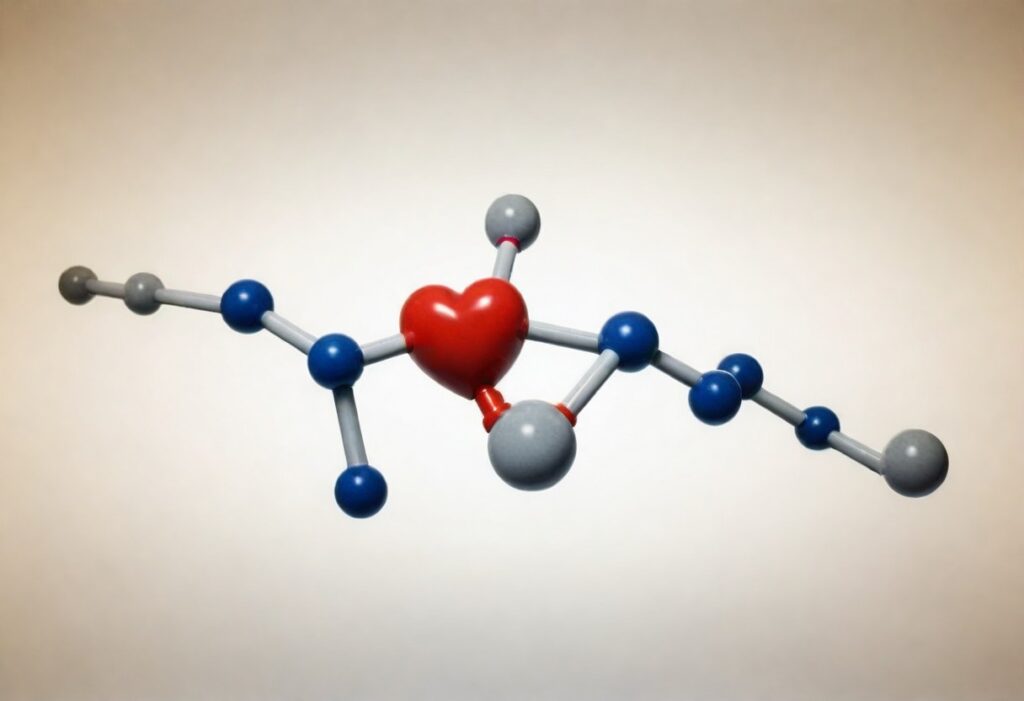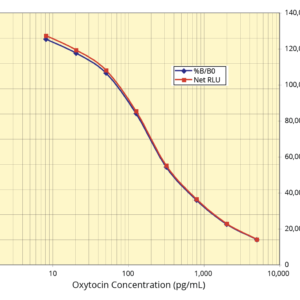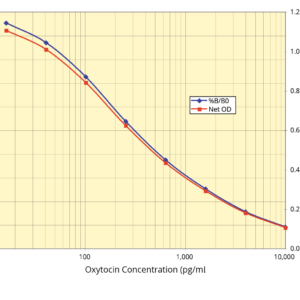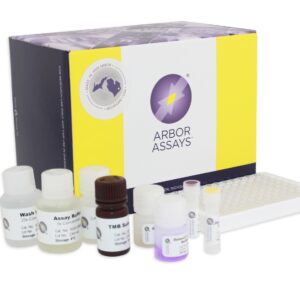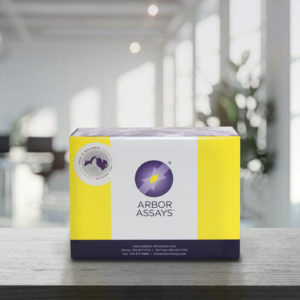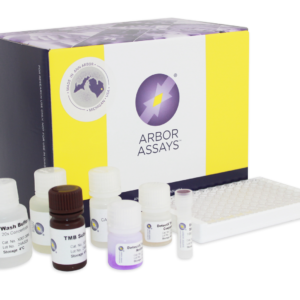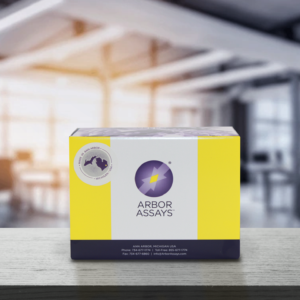Oxytocin: The “Love Hormone”
The neuropeptides oxytocin and vasopressin were isolated and synthesized by Vincent du Vigneaud at Cornell Medical College in 1953, work for which he received the Nobel Prize in Chemistry in 1955. Oxytocin is highly conserved across vertebrate species and consists of nine amino acids linked with a [1-6] disulfide bond and a semi-flexible carboxyamidated tail. It is produced primarily in the hypothalamus and released from the posterior pituitary into systemic circulation. Oxytocin-like neurohypophysial peptides are substituted primarily at residues 4 and/or 8. For example in mesotocin, a common peptide found in certain fishes, reptiles, birds, amphibians, marsupials and non-mammalian tetrapods, the leucine at residue 8 of oxytocin is substituted for isoleucine.
The classical actions of oxytocin are stimulation of uterine smooth muscle contraction during labor and milk ejection during lactation, however oxytocin also plays an important role in many other reproduction-related functions in both males and females. Oxytocin, either systemic or synthesized in peripheral tissues, has been implicated in behavioral actions such as orgasm, social recognition, pair bonding, anxiety, and maternal behaviors.
Oxytocin Chemical Compound
To unravel the intricate role of oxytocin, researchers rely on advanced tools like Arbor Assays’ DetectX® Oxytocin ELISA kit, K048-H1/H5. These kits are instrumental in studying wildtype and knockout models, providing invaluable insights into the multifaceted functions of these neuropeptides. Epitope mapping studies facilitated by synthetic peptide arrays delve into the structural nuances of oxytocin and vasopressin. Antibody interactions and cross-reactivity patterns offer critical data, enhancing our understanding of these neuropeptides’ molecular landscapes and paving the way for targeted therapies and diagnostics. Collaborative research endeavors with esteemed institutions, such as the University of Arizona Canine Cognition Center, shed light on oxytocin’s diverse functions.
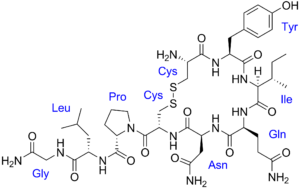
Oxytocin ELISA Kits
The Arbor Assays’ Oxytocin Chemiluminescent Immunoassay (K048-C1/C5), breaks the 10 pg/mL barrier, and along with the Oxytocin Enzyme Immunoassay (K048-H1/H5), offers reproducible, reliable, affordable, consistent, and quantitative detection of oxytocin, mesotocin, and isotocin. After an overnight incubation at 4°C, the plate is washed and substrate is added. For the CLIA kits, the substrate reacts with the bound oxytocin-peroxidase conjugate to produce light. For the EIA kits, the TMB substrate reacts with the bound oxytocin-peroxidase conjugate to produce a yellow colored product read at 450 nm. An oxytocin standard is provided to generate a standard curve for the assays. Both kits are designed to measure oxytocin or oxytocin-like peptides present in serum, plasma, clarified milk, and tissue culture media samples from a wide range of species including mammals, fish, reptiles, birds, and marsupials.
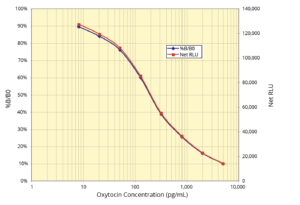
As we navigate the complex pathways of oxytocin, we uncover its profound impact on human physiology and behavior. From its evolutionary conservation to its diverse physiological roles, oxytocin continues to fascinate researchers and enthusiasts, offering a glimpse into the captivating world of neuroendocrinology.
Publications Using Our Kits
| Date | Publication | |
|---|---|---|
| Aug 16 2016 |
|
|
| Dec 01 2015 | Oxytocin Dysregulation in Critically Ill Newborn Foals | |
| Mar 25 2015 | Oxytocin Concentration in Septicemia and Maladjustment Foal Syndrome |
Featured Products
-
Oxytocin Chemiluminescent ELISA Kits
$586.00 – $2,342.00The DetectX® Oxytocin Chemiluminescent ELISA (CLIA) Kit is designed to quantitatively measure Oxytocin present in serum, plasma, clarified milk and tissue culture media samples.
-
Oxytocin ELISA Kits
$559.00 – $2,235.00The DetectX® Oxytocin ELISA Kit is designed to quantitatively measure Oxytocin present in serum, plasma, clarified milk and tissue culture media samples.
